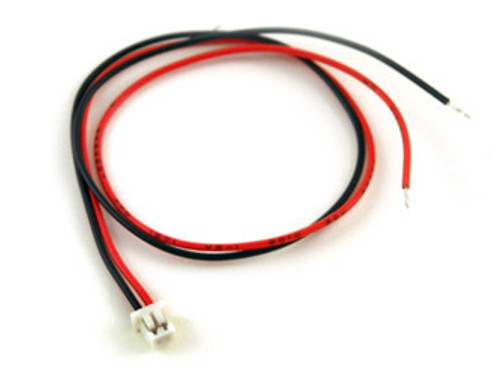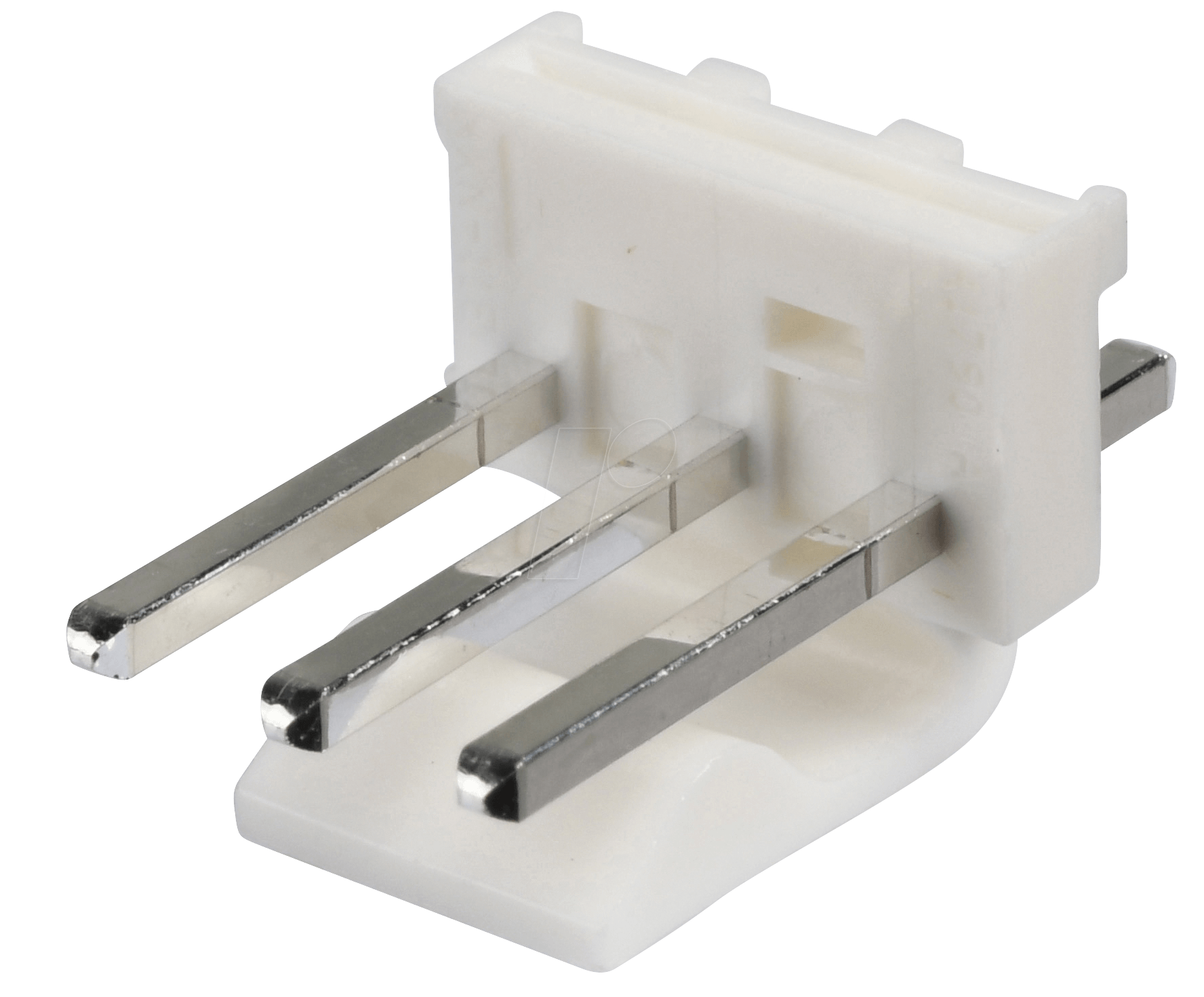
A 5950x with 16 cores consumes up to 160 watts. Just the same, while a 8 pin EPS connector could give the CPU up to 300 watts, most processors only consume 60-100 watts (up to around 8 cores). It's not like 150 watts are "locked" to the video card because you used a 8 pin pci-e connector, which is rated for 150 watts. So for example, if the power supply can produce 500 watts on 12v, and the video card takes 100 watts through a 8 pin pci-e connector, you have 400 watts left for the other components. The EPS (cpu) connector only works on CPU power header, the pci-e 6 pin or 8 pinĪll the power the power supply is available to all connectors - the energy the power supply produces "flows" through all cables and components in your computer consume as much as needed. The 8 pin EPS connector is DIFFERENT than pci-e 8 pin connectors, they're not interchangeable. Some power supplies use a special design for the pci-e 8 pin connector where the connector can be split into a 6 pin part and a 2 pin part - the 6 pin can be used then on video cards that have a 6 pin pci-e power header.
A MOLEX CONNECTOR SUPPLIES 3.3 V 5V AND VOLTAGES PLUS
So, a video card with 2 8pin pci-e connectors in theory could consume 75 watts from the slot, plus 300 watts from the extra pci-e 8 pin connectors. The standard limits video cards and forces them to take at most 75 watts from a 6 pin pci-e connector, and up to 150 watts from a 8 pin connector. Video cards that need more than 75 watts ( a pci-e card is allowed to take 10 watts from 3.3v and 65w from 12v, available within the slot), can use additional pci-e 6 pin or 8 pin connectors. Some motherboards have one 8 pin EPS connector and a 4 pin CPU connector, or two 8 pin EPS connectors, but the 2nd connector is most of the time optional - you only need a second cable between the power supply and the 2nd CPU power connector if you have a really powerful processor (think 12-16 cores) and you overclock it heavily. Some power supplies split this 8 pin connector into 2 4 pin chunks, for backwards compatibility with older motherboards that only had a 4 pin connector to power the CPU.


The 8 pin EPS connector is used to power the processor. The motherboard also routes 3.3v to M.2 connectors, or has a dc-dc converter to convert 5v to 3.3v to power these M.2 connectors.ģ.3v and 12v is also routed to the pci-e slots so you can have pci-e cards without additional power connectors work. The motherboard will have a dc-dc converter on it which will take 5v from this connector and produce 1.2v or whatever voltage is needed for RAM.

The motherboard uses these voltages to power the chipset, the onboard audio chip, the network card chip, and also puts 12v into the fan headers, so you can plug a fan into a fan header and have that fan working. The 24 pin connector powers the motherboard : it gives 3.3v, 5v and 12v to it.


 0 kommentar(er)
0 kommentar(er)
